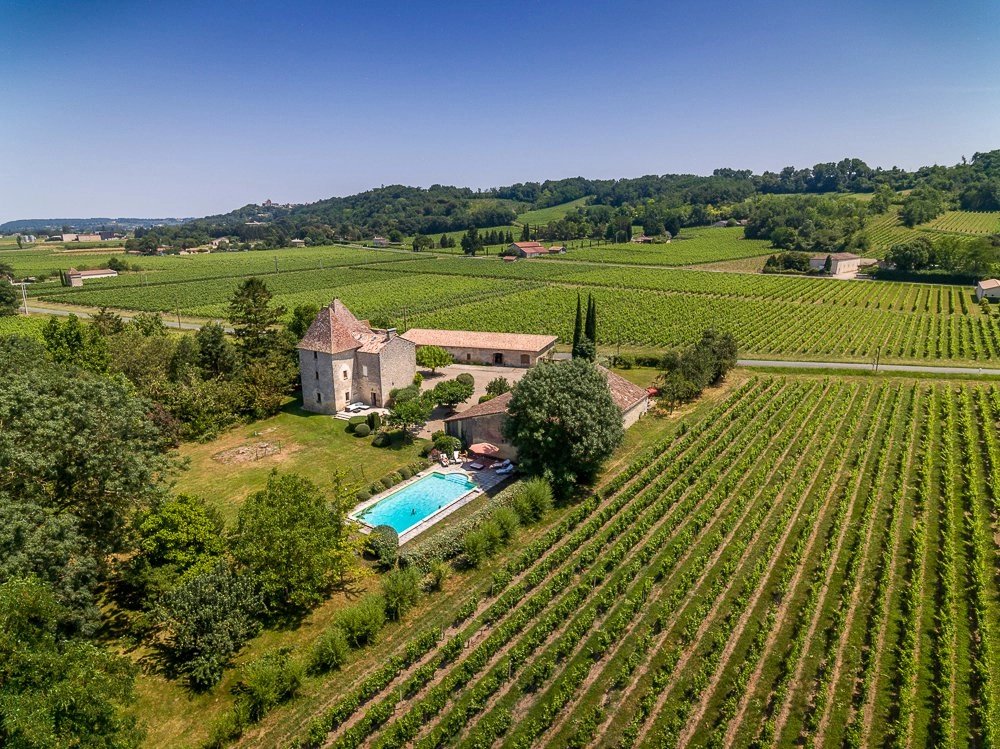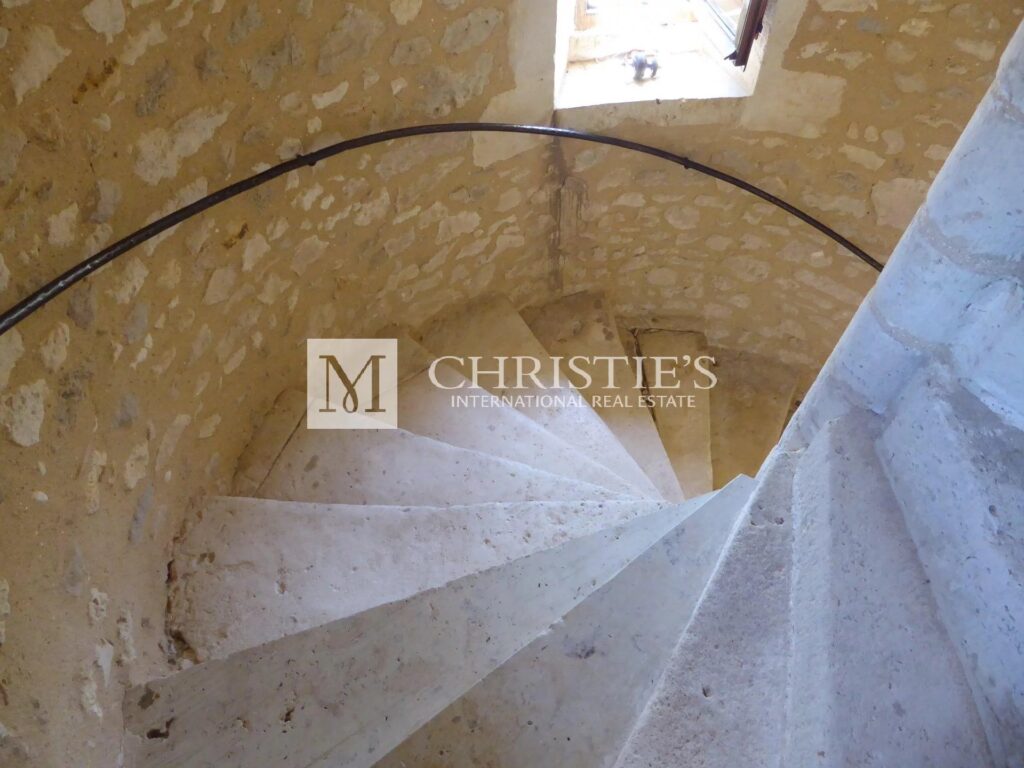The Gironde, department in south-west France, offers a captivating testimony to its history through its “Fortified Houses”. These buildings, imbued with mystery and charm, reveal an era when security and power were crucial. This article explores the fascinating architecture of the “Fortified Houses” in Gironde, revealing the characteristics that distinguish them and the role they have played in the history of this region.
The origins of “Fortified Houses”
Fortified Houses have their roots in the Middle Ages, a period marked by political instability and frequent conflicts. These structures were initially conceived as safe havens, offering protection against invasions and local conflicts. Their robust architecture was a way of acting as a deterrent, underlining the power and resilience of their owners.
Architectural characteristics
- Discreet fortification: Unlike imposing castles, “fortified houses” often favoured a more discreet external appearance. Walls were generally thick, reinforced by corner towers and battlements, but the emphasis was on concealment rather than a show of strength.
- The Defence Tower: A common feature of fortified houses is the presence of a defence tower. This tower offered a strategic view of the surrounding area and served as a last wall of defence in the event of an attack.
- Moats: Some “Fortified Houses” were surrounded by moats, adding an extra layer of protection. However, not all had this feature, and many favoured other methods of defence.
Decorative Elements: Although the primary function of these houses was security, they did not necessarily sacrifice aesthetics. Some featured decorative elements such as carved chimneys, mullioned windows and façades adorned with architectural features.
Notable examples in Gironde
- Château de Roquetaillade: Located near Langon, the Château de Roquetaillade is an exceptional example of a “Fortified House” in Gironde. With its imposing towers, moat and massive walls, it embodies the very nature of this type of architecture.
- Château de Vayres: Although more closely associated with a château, the Château de Vayres, near Bordeaux, has some of the characteristic features of “Fortified Houses”. Its imposing structure and moat make it an interesting example.
The Discreet Elegance of Small “Fortified Houses” in Gironde: A Unique Architectural Heritage
The Gironde, rich in history, is the scene of a less well-known architectural treasure that is just as captivating as its imposing châteaux: the small “Fortified Houses”. This article looks at the architectural features of these lesser-known gems, highlighting their discreet elegance and their unique role in the historic landscape.
The Pragmatic Function
Unlike castles, which often display ostentatious opulence, small “Fortified Houses” favour a pragmatic approach to security. Their modest size does not reflect their historical importance, as these properties were strategic refuges in troubled times.
Architectural features
- Exterior sobriety: Small “Fortified Houses” stand out for their exterior sobriety. The facades are often devoid of excessive ornamentation, emphasising efficiency and function rather than decoration.
- Compact structure: These compact buildings are characterised by thick walls and sloping roofs, reinforcing their ability to resist assault. The emphasis is on solidity rather than grandeur.
- Defence towers: Although smaller than those of castles, defence towers are a distinctive feature of small “Fortified Houses”. They provide a strategic view while ensuring effective defence.
- Deterrent features: Reinforced doors, small windows that are difficult to access, these elements bear witness to the desire for deterrence specific to these houses.
Discovering “Fortified Houses”: Simple and Robust Architecture
“Fortified Houses”, buildings steeped in history, are revealed in texts from the last third of the 12th century onwards. Different from castles, these buildings, also known as domus fortis, are of particular importance. This article explores the characteristics of these properties, highlighting their function, definition and origin.
Practical Functions
“Fortified Houses ” are buildings mentioned in texts between the 12th and 16th centuries. They were neither simple residences nor imposing castles, but strategic refuges. Generally located on the outskirts of market towns or along main roads, they belonged to cadets, relatives or allies of the great lordly families.
Architectural features
- Simplicity and robustness: Although they can take a variety of forms, “fortified houses” favour exterior simplicity and a robust structure. They are often equipped with towers, palisades, ditches and battlements, requiring special authorisation for their fortification.
- Defensive function: From a defensive point of view, these properties had to withstand the assault of a small troop for a few hours. Their large number is linked to the proliferation of knights becoming nobility in the 12th century.
- Consideration as a “miniature” castle: “”Fortified Houses” are often considered as “miniature” castles. Their owners sought to imitate the most significant elements of castles, such as the tower and the hall. The spatial organisation reflects that of a castle, with spaces dedicated to private life, sociability and religious practice.
Origin and evolution
Studies show that certain mottes castrales were transformed into “Fortified Houses”. Originally built by the small chivalric aristocracy, these houses evolved in the 14th century with the advent of a new court nobility. Religious communities also incorporated this type of residence into their heritage.
Today’s “Fortified Houses” come in a variety of forms, sometimes reminiscent of farmhouses or the homes of country gentlemen. Although they do not always bear attributes worthy of a noble rank, they bear witness to a time when security and functionality were priorities in the construction of these strategic refuges.

Written by Karin Maxwell
Executive partner
Maxwell-Baynes
Vineyards-Bordeaux
Christie’s International Real Estate

